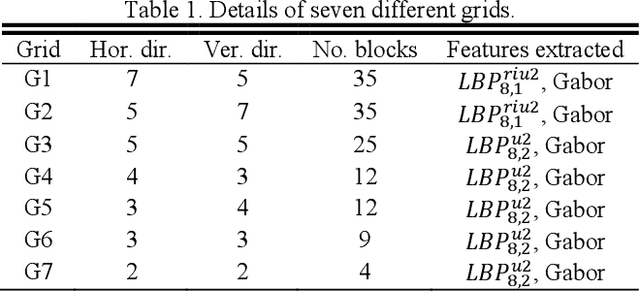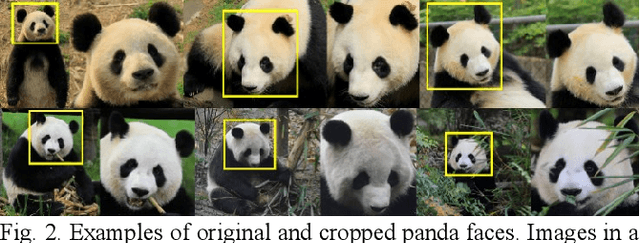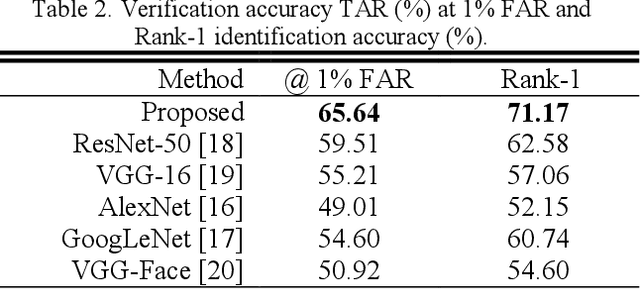Giant Panda Face Recognition Using Small Dataset
Paper and Code
May 27, 2019



Giant panda (panda) is a highly endangered animal. Significant efforts and resources have been put on panda conservation. To measure effectiveness of conservation schemes, estimating its population size in wild is an important task. The current population estimation approaches, including capture-recapture, human visual identification and collection of DNA from hair or feces, are invasive, subjective, costly or even dangerous to the workers who perform these tasks in wild. Cameras have been widely installed in the regions where pandas live. It opens a new possibility for non-invasive image based panda recognition. Panda face recognition is naturally a small dataset problem, because of the number of pandas in the world and the number of qualified images captured by the cameras in each encounter. In this paper, a panda face recognition algorithm, which includes alignment, large feature set extraction and matching is proposed and evaluated on a dataset consisting of 163 images. The experimental results are encouraging.
 Add to Chrome
Add to Chrome Add to Firefox
Add to Firefox Add to Edge
Add to Edge